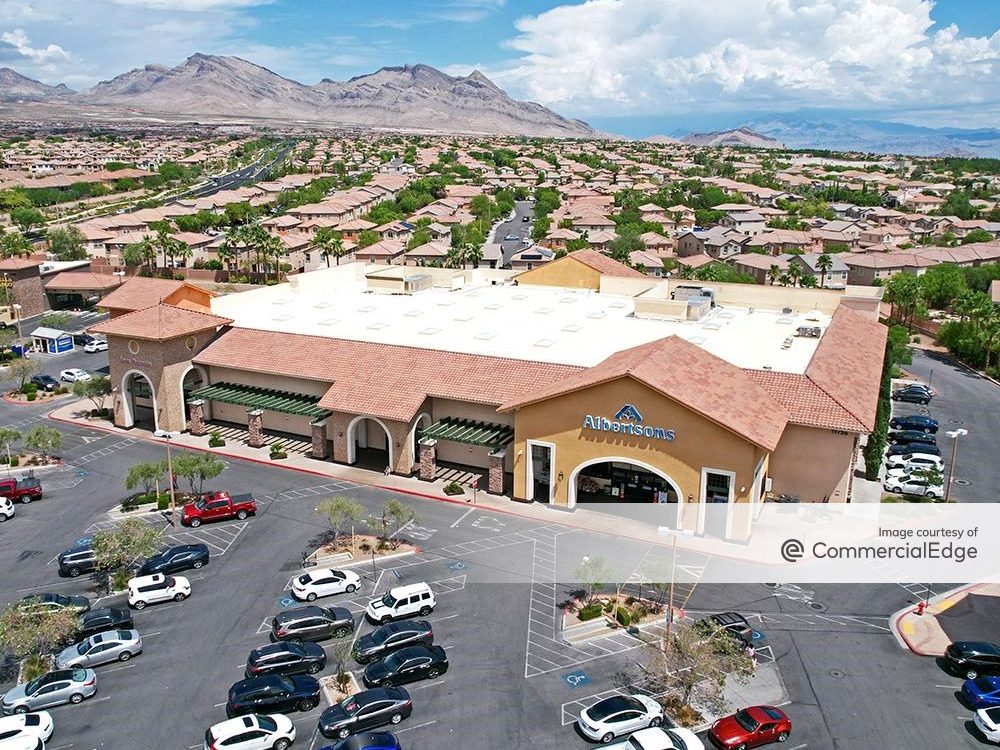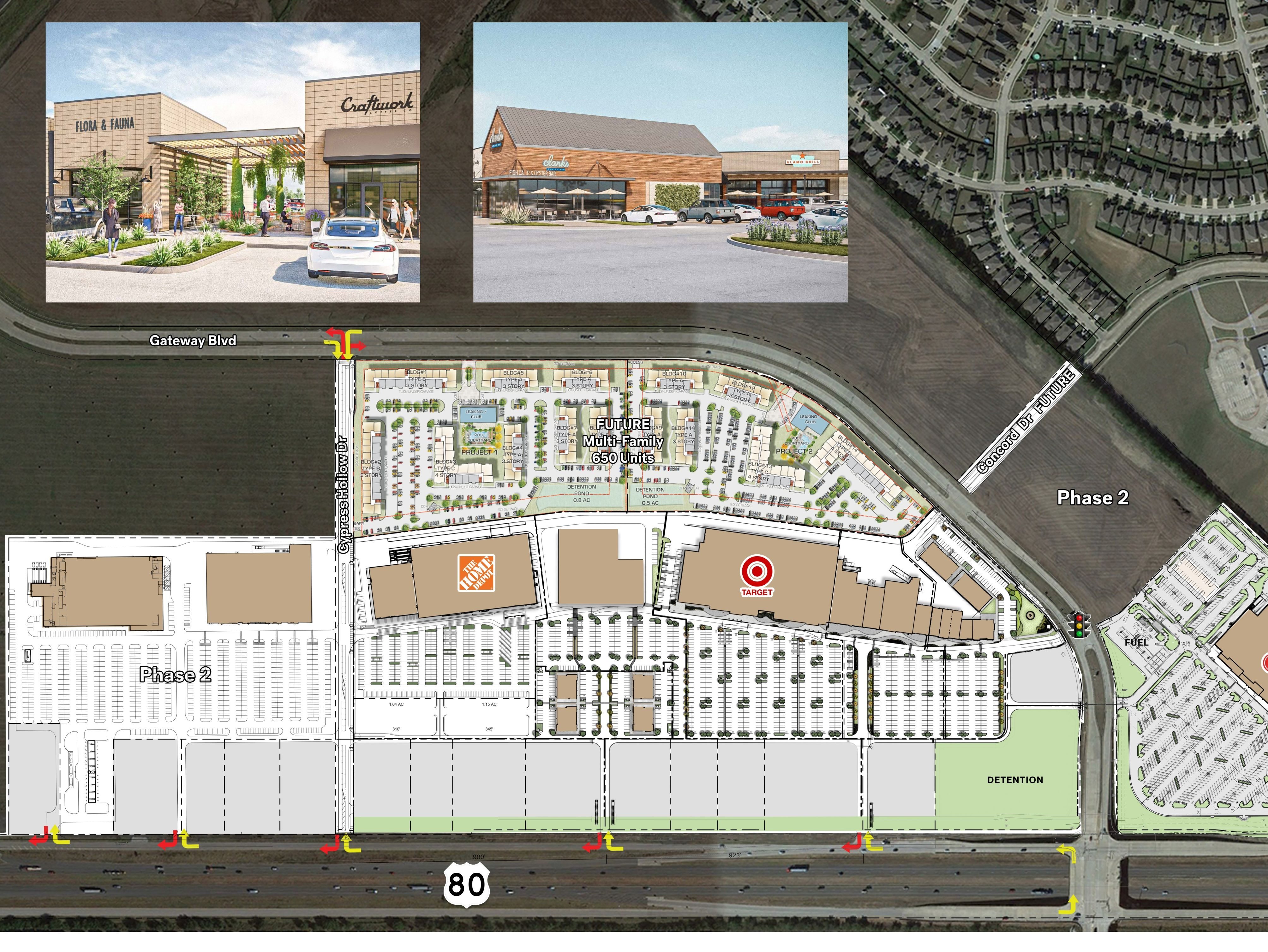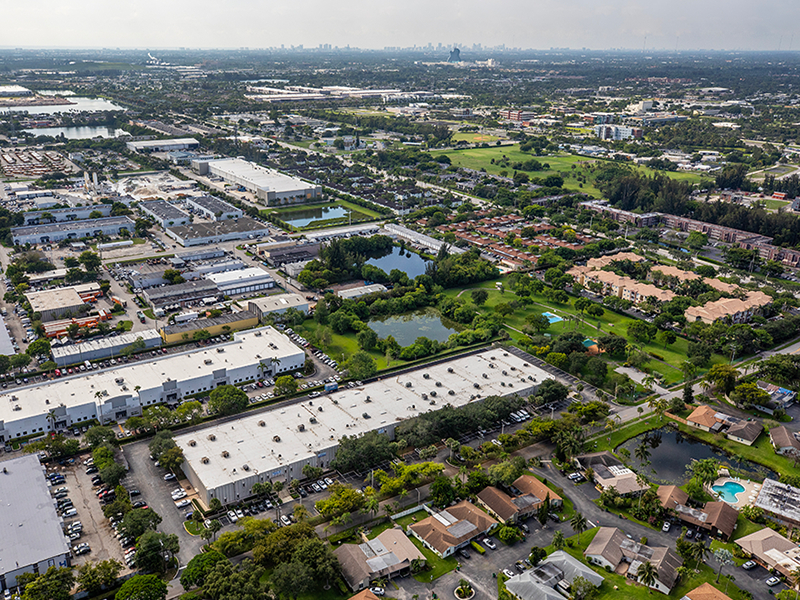Return-to-Office Push Meets Hybrid Work Era
Companies are trying to bring employees back, while adapting workspaces to meet their evolving needs, according to the latest CommercialEdge report.

In Washington, D.C., where office vacancy stood at 15.3 percent as of August, any federal government return-to-office mandate has the potential to boost the market. Image by traveler1116/iStockphoto.com
In 2023, despite the rise of remote and hybrid work, a push to return to offices is underway, according to the latest CommercialEdge office report. The pandemic officially ended in May, prompting many major firms to mandate office returns.
Amazon reversed its previous stance, requiring three in-office days, while BlackRock and Disney mandate four days. Google ties attendance to performance reviews, and Meta shifts to three in-office days, phasing out hybrid work mentions. The U.S. government is also urging federal workers to return this fall. However, resistance remains, largely due to long commutes and the allure of remote work’s time-saving benefits.
To entice employees back, offices need to adapt. Open-office layouts are less suited for remote meetings, necessitating various meeting room sizes and more enclosed spaces for focus and video calls. Creating productive and appealing workspaces is essential for the success of the return-to-office movement. Despite these challenges, remote work is here to stay, but the office environment will need to evolve to meet the post-pandemic needs of workers.
READ ALSO: How Will Office Space Values Fare in 2030?
Nationwide, the under-construction pipeline totaled 108.4 million square feet of new office space under construction as of August, or 1.6 percent of total stock. Around 40 percent of the projects underway broke ground in 2020 or 2021, often with planning that took place before the pandemic. As a result, the pipeline may better represent past trends than current demand.
At the end of August, Boston had close to 14 million square feet of office space underway, accounting for 5.7 percent of total stock. Seattle came in second with a 7.2 million-square-foot pipeline, or 5.2 percent of stock. San Francisco had 6.7 million square feet of office space under construction (4.3 percent), while Manhattan’s pipeline featured 6.5 million square feet, or 1.4 percent of total stock. Office investment year-to-date in August totaled $20.5 billion, with properties trading at an average of $193 per square foot.
The office-using employment sector added 8,000 new jobs in August. This is the first month—after a gap since April—when all three sectors added new jobs. Most of the growth occurred in the professional and business service sector (37,600 jobs added in the last 12 months), followed by financial activities (18,100 new positions) and information, which added 4,200 workers.
Office vacancy on the rise, asking rates plunge
The national office vacancy rate stood at 17.5 percent at the end of August, accounting for a 260 basis-point increase when compared to the same time last year, CommercialEdge data shows. The markets with the highest increase in office vacancy on a year-over-year basis were Seattle (590 basis points), San Francisco (510 basis points), Phoenix (480 basis points) and Austin, Texas (450 basis points). Meanwhile, Twin Cities, the Bay Area and Denver recorded a 380-basis-point increase each.
National average full-service equivalent listing rates averaged $37.83 per square foot in August, decreasing by 220 basis points year-over-year and six cents less than the month prior. Average in-place rents were highest in Manhattan ($69.58 per square foot), San Francisco ($65.45), the Bay Area ($55.91), Miami ($46.14) and Boston ($46.13).
Read the full CommercialEdge office report.







You must be logged in to post a comment.